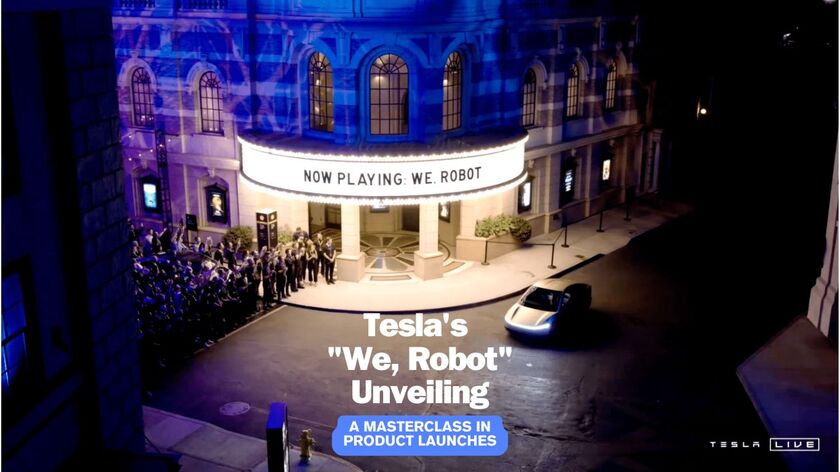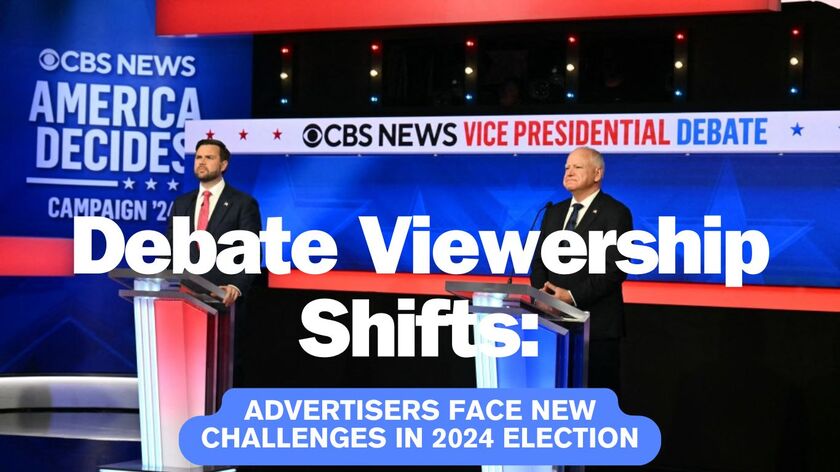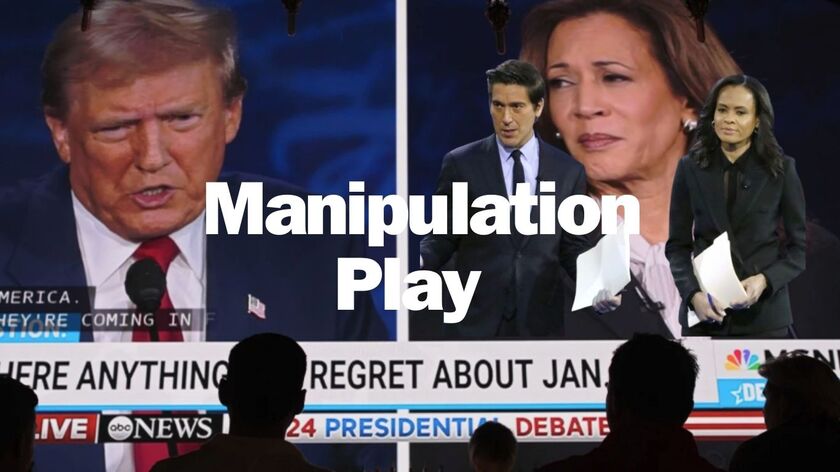Trump & America V. The Globalists
The statement that “Trump took on globalism and is winning” reflects a mix of ideological perspectives, policy actions, and economic outcomes as of April 9, 2025, at 5:20 PM PDT. Let’s break it down critically, focusing on Trump’s actions against globalism and whether he can be said to be “winning.”
Globalism, broadly speaking, refers to the interconnected, free-trade-driven world order that has dominated since World War II, emphasizing open markets, multilateral institutions like the World Trade Organization (WTO), and global supply chains. Trump has consistently positioned himself against this, favoring an “America First” approach that prioritizes national sovereignty, domestic manufacturing, and bilateral trade deals over multilateral agreements. His actions in 2025 reflect this stance. On April 2, Trump declared a national emergency under the International Emergency Economic Powers Act (IEEPA), imposing a 10% baseline tariff on all imports starting April 5, with higher “reciprocal” tariffs on specific countries—like a 34% additional tariff on China (totaling 104% with existing levies) and 20% on the EU—effective April 9. These tariffs aim to address what Trump calls unfair trade practices, such as currency manipulation and high foreign value-added taxes (VAT), which he argues contribute to the U.S.’s $1.2 trillion goods trade deficit in 2024.
Trump’s tariff strategy is a direct challenge to globalism’s core principles. By rejecting the post-WWII trade system of mutually agreed tariff rates, as noted by experts like Kelly Ann Shaw, a former White House trade adviser, Trump is attempting to “rewire the global economy.” His administration has also taken symbolic steps against globalist institutions—posts on X highlight that Trump halted U.S. funding to the WTO in March 2025, calling it “obsolete” and “anti-American,” a move celebrated by some as a blow to global elites. Additionally, Trump’s tariffs disrupt global supply chains, encouraging companies to reshore manufacturing to the U.S. to avoid import taxes. Some analysts, like those cited in UnHerd, argue this could succeed in bringing manufacturing back, pointing out that Trump’s first-term tariffs already showed signs of reshoring, though the effects take years to fully materialize.
Is Trump “winning” in this fight? It depends on the metric. Economically, the tariffs have caused significant disruption. The SPY (SPDR S&P 500 ETF Trust) closed today at $499.932, down 13% from $573.8282 on March 24, with the S&P 500 briefly hitting bear market territory (down 20% from its peak) earlier this week. Global markets are also reeling—Japan’s Nikkei 225 dropped 9%, and Europe’s STOXX 600 fell 8.44% this week. China retaliated with an 84% tariff on U.S. exports, the EU is considering countermeasures, and Canada has imposed retaliatory tariffs, escalating a global trade war. JPMorgan now sees a 60% chance of a global recession by year-end, up from 40%, due to the tariffs’ $1.2 trillion revenue impact over the next decade and a projected 30% drop in U.S. imports ($990 billion) in 2025. For American consumers, this means higher prices—economists estimate an average tax increase of $1,900 per U.S. household in 2025, the largest since 1982.
On the other hand, Trump’s base and some analysts see this as a win for national sovereignty and long-term economic rebalancing. The tariffs align with Trump’s campaign promises to protect American workers and reduce the trade deficit, resonating with those who blame globalism for the hollowing out of U.S. manufacturing (e.g., the loss of 5 million manufacturing jobs since NAFTA in 1994, though automation also played a role). Posts on X reflect sentiment among Trump supporters that globalism is “dead,” with users like @PalomekeOficial claiming Trump “killed globalism on Liberation Day” (April 2, when the tariffs were announced). The White House argues these tariffs will incentivize countries to negotiate better trade terms, and Trump’s team has pointed to over 75 countries reaching out to discuss trade solutions as evidence of leverage. However, critics like the IMF’s Kristalina Georgieva warn that the tariffs “represent a significant risk to the global outlook,” potentially fracturing the global economy further, as Singapore’s PM Lawrence Wong noted.
Geopolitically, Trump’s approach has strained alliances, treating allies like the EU (20% tariff) and South Korea (25% tariff) similarly to adversaries like China. This has led to accusations of recklessness— The New York Times reported that Trump’s team spent only days considering the tariffs’ second-order effects, with no clear strategy for managing the fallout. Some, like Bloomberg, argue this chaos could hand China an opening to reshape global trade rules in its favor, especially as Xi Jinping has not backed down, matching U.S. tariffs and calling for talks. Meanwhile, the EU’s Ursula von der Leyen has signaled readiness to respond, though the bloc’s $230 billion trade surplus with the U.S. limits its leverage.
In summary, Trump has undeniably taken on globalism with his sweeping tariffs and anti-WTO moves, disrupting the global trade system in a way not seen since the 1930s. Whether he’s “winning” is less clear. He’s achieving his goal of challenging globalist structures and forcing a reorientation of trade, but at the cost of market turmoil, strained alliances, and a looming recession risk. The long-term success of reshoring manufacturing remains uncertain, and the global economic fallout may undermine his “America First” vision if prices soar and growth stalls. The statement holds some truth in Trump’s aggressive stance, but “winning” is far from definitive—it’s a high-stakes gamble with mixed results so far.
















